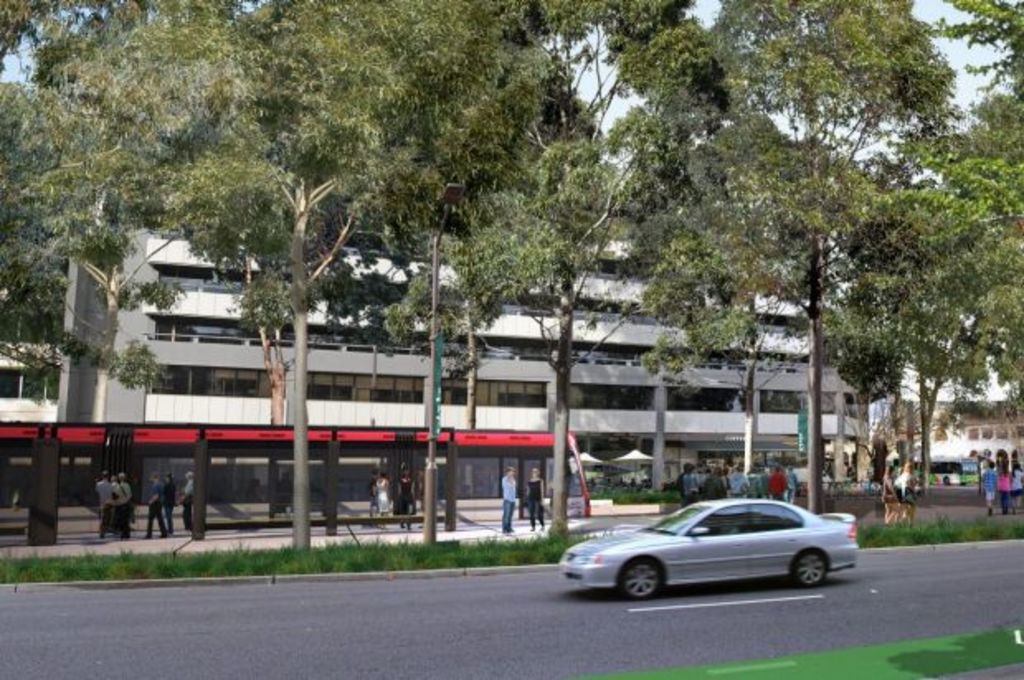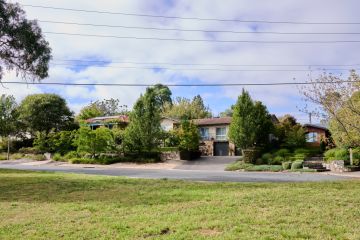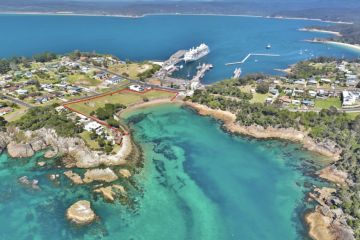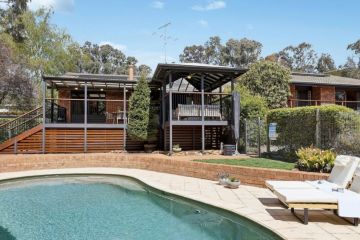Great buildings, places and spaces should trump height limits in Canberra

Tony Trobe’s recent interview with architect Murray Cole on what Canberra can learn from Canada was closely followed by discussion in the media this week about appropriate height limits (and therefore density) of developments in the Woden Town Centre and along Northbourne Avenue.
Transit-orientated design is essentially urban planning, which delivers vibrant, liveable, sustainable, mixed-use communities along transport corridors.
This isn’t some new concept dreamt up for our capital – cities like Vancouver have been successfully undertaking transit-oriented design for years as their population and desire to live close to transport routes and be connected to work, study, retail, health and sporting facilities has grown.
Why Vancouver has succeeded in having both higher density and happy citizens is because their principles for transit-oriented design are based on high-quality design, incorporation of community benefits (such as community and cultural facilities and low-cost housing) and precinct-level planning, which allows for what they call ‘democratising the view’ whether it is views to the waterfront, or high quality-green spaces.
The point is that the discussion around development in our transport corridors (and with light rail stage two, that means a north-south spine from Gungahlin to Woden Town Centre), should be about the outcomes we want and need to achieve – not how tall a single building is.
When we stop thinking about height and more about how we can build great buildings, places and spaces – everyone wins. The time has come to get serious about how we shape a truly great city to provide a meaningful legacy for all – and you can’t measure that in metres.
Adina Cirson is the ACT executive director of the Property Council of Australia.
We recommend
States
Capital Cities
Capital Cities - Rentals
Popular Areas
Allhomes
More







